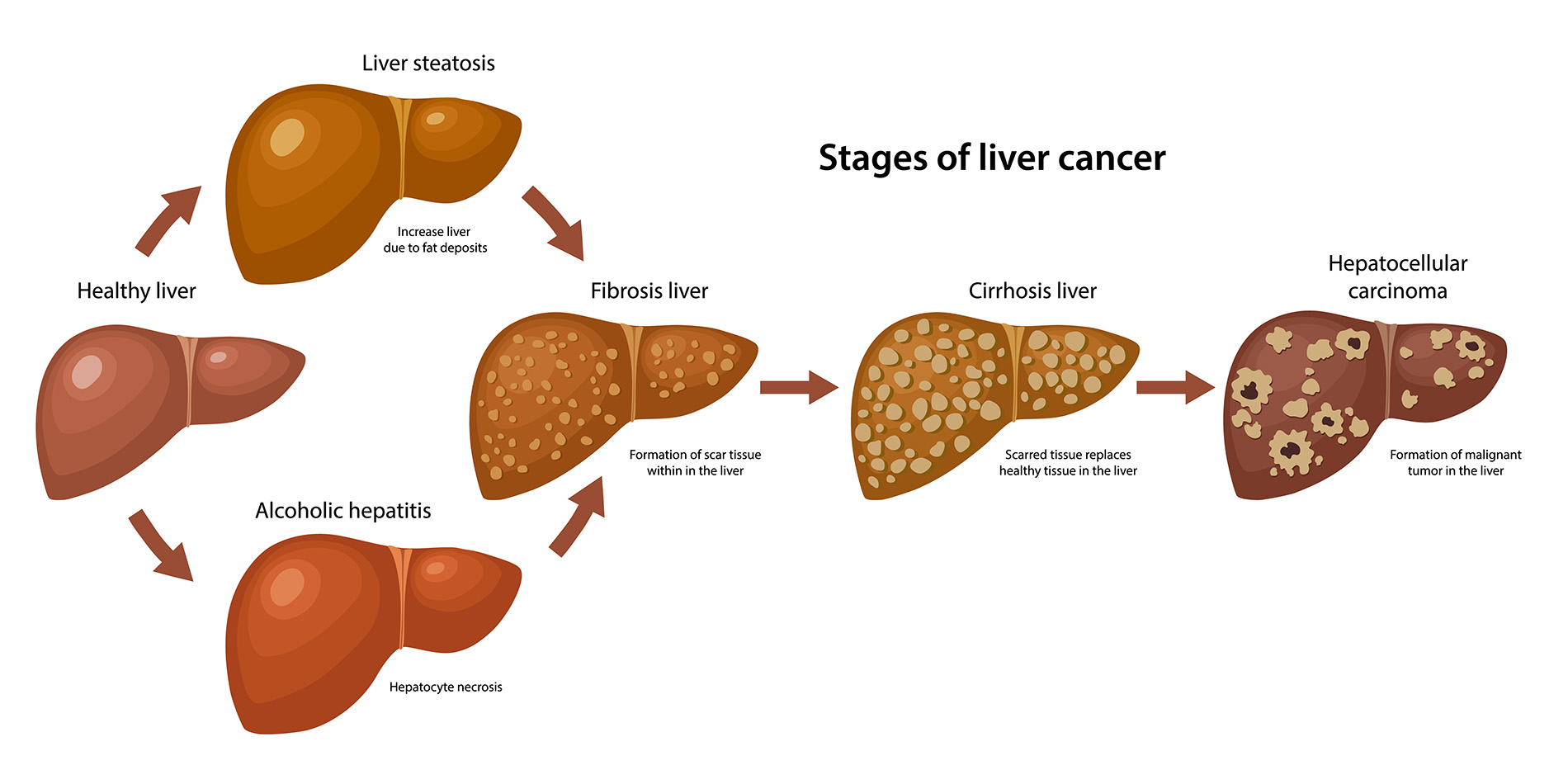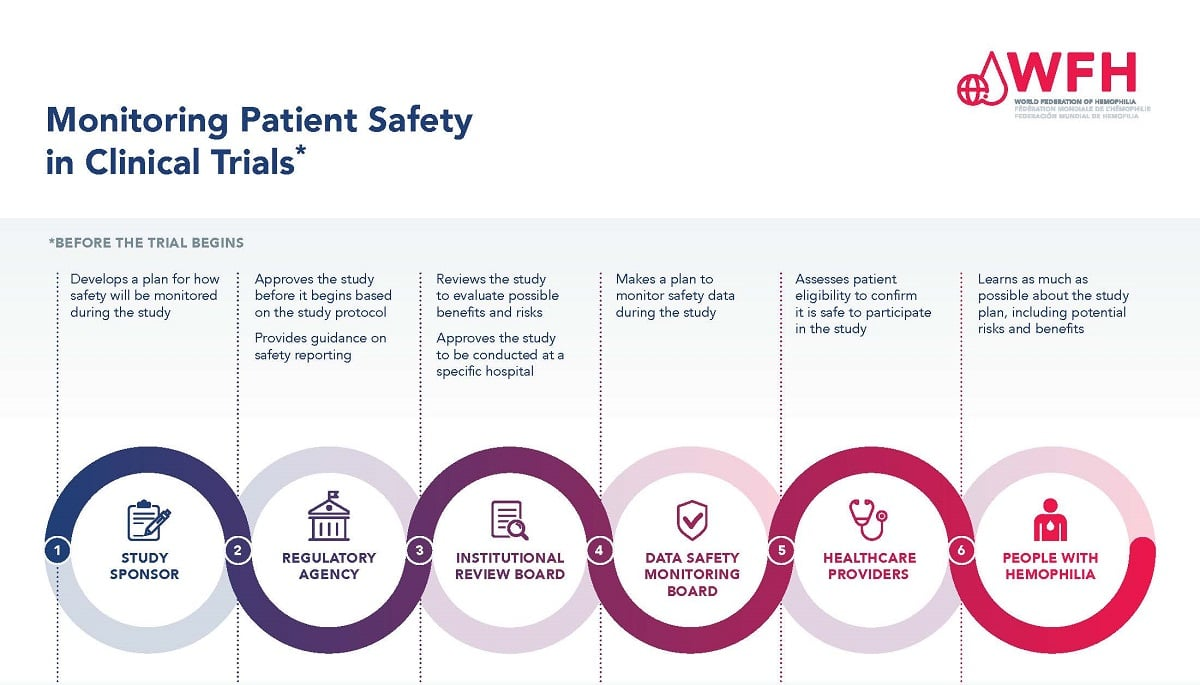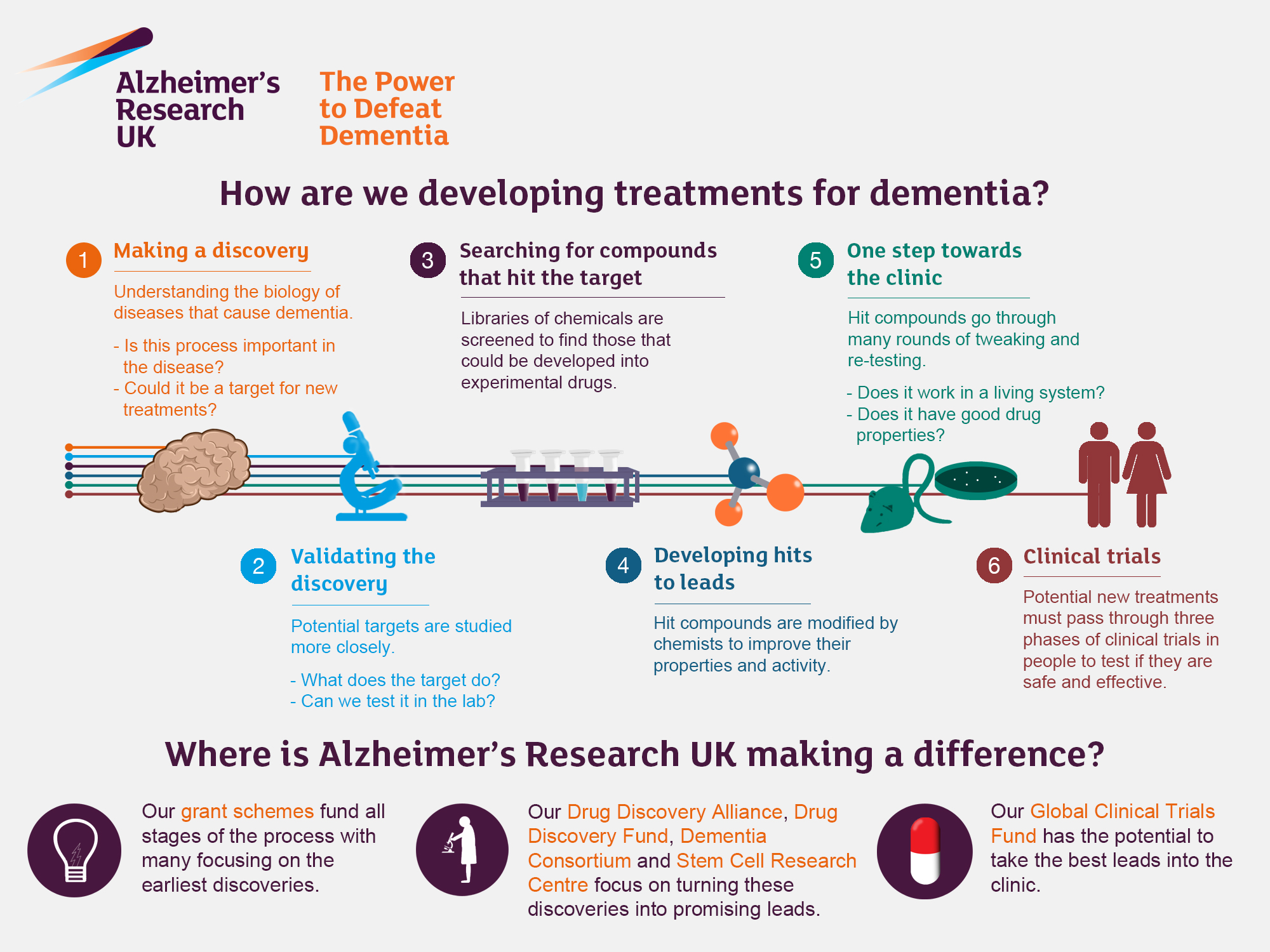The FDA-approved smoking cessation pill, varenicline, is making headlines for its effectiveness in helping teens and young adults break free from the grip of nicotine addiction, particularly when it comes to vaping. A recent study demonstrated that participants who used varenicline had more than three times the success rate in quitting vaping compared to those relying solely on behavioral counseling. This is a critical breakthrough, as vaping has surged in popularity among younger demographics, posing significant health risks. By providing a pharmacological solution for quitting vaping, varenicline not only offers hope to millions but also plays a vital role in public health strategies aimed at reducing nicotine addiction among youth. As more people seek ways to quit vaping, the benefits of this FDA-approved smoking pill are becoming increasingly clear and significant.
In recent years, there has been a heightened focus on treatments aimed at assisting individuals, particularly adolescents and young adults, in overcoming nicotine dependence. Among these treatments is a well-regarded medication known for its dual-action approach in targeting cravings and withdrawal symptoms. This cornerstone of vaping cessation therapy, also referred to in medical circles as an anti-smoking agent, has shown promising results in clinical trials. As the landscape of nicotine addiction evolves, these resources become essential for those trying to navigate their way toward a healthier, smoke-free life. Understanding how these treatments function and the various options available is crucial for anyone looking to quit nicotine in all its forms.
Understanding Varenicline: The FDA-Approved Smoking Cessation Pill
Varenicline, commonly known as Chantix, is an FDA-approved smoking cessation pill that is gaining attention for its effectiveness in helping individuals quit nicotine, especially among teens and young adults. Unlike traditional nicotine replacement therapies, varenicline works by targeting receptors in the brain responsible for nicotine cravings and withdrawal symptoms. By partially stimulating these receptors, it not only reduces the pleasurable effects of smoking but also alleviates withdrawal distress. This dual action makes it a viable option for young individuals struggling with addiction to substances like vaping.
With the alarming rise in vaping among adolescents, it has become critical to find effective treatments tailored for younger populations. The recent clinical trial conducted by the Mass General Brigham revealed compelling evidence that varenicline significantly enhances quitting success rates, particularly for those aged 16 to 25. By having three times higher rates of cessation compared to placebo, it underscores the potential of this medication to reshape smoking cessation strategies among young adults.
The Importance of Behavioral Counseling in Combination with Medication
While varenicline has proven effective as an FDA-approved smoking cessation pill, the integration of behavioral counseling is equally important in the treatment process. Behavioral counseling provides individuals with the support and coping strategies necessary to confront the psychological aspects of nicotine addiction. In the study, participants receiving varenicline along with weekly counseling demonstrated a higher success rate, suggesting that a comprehensive approach combining medication and therapy is crucial for long-term cessation.
Moreover, behavioral counseling enhances the likelihood of sustained success by addressing triggers and coping mechanisms essential for young adults. This synergistic approach—where medication like varenicline works in tandem with behavioral interventions—helps create a robust quitting strategy that not only promotes immediate cessation but also contributes to preventing relapse, particularly in the challenging early days of recovery.
Statistics on Vaping Among Teens and Young Adults
The prevalence of vaping has surged among teens and young adults, presenting a significant public health challenge. Recent statistics show that approximately 25% of individuals aged 18 to 25 reported vaping in 2023, and an estimated 8% of high school students used vapes by 2024. These numbers indicate a shift in nicotine consumption methods, where vaping is often perceived as a safer alternative to traditional smoking. However, the health risks associated with vaping, such as nicotine addiction and exposure to harmful chemicals, remain a cause for concern.
Understanding these statistics is vital for public health officials and educators as they work to combat the vaping epidemic among youth. Effective interventions, including the use of varenicline as a smoking cessation pill, are necessary to curb this trend and provide young individuals with the resources they need to quit. By focusing on targeted prevention strategies and effective treatment methods, it is possible to reverse the growing acceptance of vaping among younger populations.
Exploring Treatment Plans for Vaping Cessation
Given the escalating rates of vaping among teens and young adults, exploring innovative treatment plans is essential. The study from Mass General Brigham demonstrates the effectiveness of using varenicline, alongside behavioral counseling, as a means to create comprehensive cessation strategies. By targeting this specific age group, healthcare providers can tailor interventions that address both the physiological and psychological aspects of nicotine addiction.
Furthermore, utilizing technology, such as text support services like “This is Quitting,” can further enhance treatment plans. These resources provide ongoing support and encouragement, which can significantly improve the likelihood of quitting. As research continues to evolve, combining pharmacological treatments with technology-driven support could present a new frontier in youth vaping cessation, empowering young individuals to reclaim their health.
The Role of Clinical Trials in Advancing Smoking Cessation Treatments
Clinical trials play a pivotal role in developing and understanding the efficacy of smoking cessation treatments. The recent trial involving varenicline showed not only its effectiveness but also its safety for adolescents and young adults. By recruiting a diverse cohort of participants aged 16 to 25, researchers were able to gather significant data that could challenge existing perceptions regarding nicotine addiction and pave the way for targeted interventions.
Additionally, clinical trials help identify potential barriers and facilitators in the cessation process, allowing healthcare professionals to customize approaches effectively. The insights gained from such studies contribute to a deeper understanding of smoking and vaping behaviors, ensuring that future strategies are more inclusive and successful in addressing the urgent need for young people to quit nicotine in all forms.
Health Risks Associated with Vaping: More Than Meets the Eye
Vaping may seem like a harmless alternative to smoking, but it carries its own set of health risks. Vapes can expose users to nicotine addiction, as well as harmful substances such as heavy metals and carcinogens, which can lead to serious health complications over time. It is crucial for teens and young adults to understand that while vaping may lack the same odor and visible smoke as traditional cigarettes, its impact on health is significant and potentially devastating.
Moreover, the long-term effects of vaping are still unknown, making the urgency to quit even more pressing. With over 50% of young adults on varenicline successfully quitting vaping, the findings highlight the necessity for readily available smoking cessation options that cater to this demographic. Awareness campaigns and interventions are essential in educating young users about these health risks while providing actionable solutions.
Identifying Vulnerable Populations in Smoking Cessation
Understanding the demographics most affected by nicotine addiction is essential for effective smoking cessation interventions. Young adults and teens represent a particularly vulnerable population due to factors such as peer pressure, social acceptance of vaping, and the allure of flavored products. Research indicates that early exposure to nicotine can predispose these individuals to future substance abuse issues. Therefore, identifying and supporting this group is critical in addressing nicotine dependency.
Tailored interventions like the use of varenicline for teens—an FDA-approved smoking cessation pill that has shown promising results—must be prioritized. By focusing on at-risk populations and providing them with the necessary resources and support, we can foster healthier communities. The findings from clinical studies encourage healthcare providers to recognize the uniqueness of this demographic and advocate for their needs.
The Positive Impact of Holistic Approaches to Vaping Cessation
A holistic approach to vaping cessation combines medication, behavioral therapy, and community support, creating a well-rounded strategy for quitting. By integrating these elements, individuals are more likely to gain a comprehensive understanding of their addiction and develop stronger coping mechanisms. The use of varenicline alongside behavioral counseling has been demonstrated to be particularly effective, significantly increasing success rates among young adults.
Moreover, community engagement through programs and initiatives can further reinforce the quitting process. Support groups and peer-led discussions create a sense of accountability and shared experience, which can be incredibly motivating for individuals seeking to make a lifestyle change. Fostering a supportive environment can enhance the effectiveness of cessation strategies and promote long-term recovery.
Future Directions in Smoking Cessation Research for Young Adults
Looking ahead, continued research in smoking cessation is paramount, particularly for young adults. With innovations in pharmacotherapy and emerging evidence supporting the use of varenicline as a smoking cessation pill for teens, the future holds promise for combating nicotine addiction. Researchers are encouraged to explore the implications of new treatment combinations and develop protocols that cater specifically to younger populations.
Additionally, it is essential to investigate the long-term effects of interventions, ensuring that strategies remain effective and adaptable to changing trends in nicotine consumption. By focusing on the unique challenges faced by young adults, researchers can contribute to a more robust framework for smoking cessation, leading to healthier futures for this vulnerable population.
Frequently Asked Questions
What is the FDA-approved smoking cessation pill varenicline and how does it help with vaping cessation?
Varenicline is an FDA-approved smoking cessation pill that helps individuals quit smoking and vaping by targeting nicotine receptors in the brain. It reduces cravings and withdrawal symptoms associated with nicotine addiction, making it a potent option for those looking to quit vaping.
Can teens use varenicline as a smoking cessation pill to quit vaping?
Yes, varenicline is approved for use in individuals aged 16 to 25. Studies show that it significantly increases the chances of successful vaping cessation in teens, with participants being three times more likely to quit compared to those receiving only behavioral support.
How effective is varenicline for young adults in quitting vaping compared to other methods?
Clinical trials have shown that varenicline is highly effective for young adults, with a quitting success rate of 51% at 12 weeks, compared to only 14% for placebo users. This demonstrates its superiority as a smoking cessation pill for vaping cessation.
Is varenicline safe for young adults who want to quit vaping?
Research indicates that varenicline is safe for young adults. During clinical trials, no participants who quit vaping transitioned to smoking cigarettes, highlighting its safety profile when used for nicotine cessation.
What support is available alongside the smoking cessation pill varenicline for those quitting vaping?
Alongside varenicline, participants in studies received weekly behavioral counseling and access to a text support service called ‘This is Quitting,’ which provides additional resources and encouragement for those attempting to quit vaping.
What impact does early nicotine exposure through vaping have on teens?
Early nicotine exposure through vaping can lead to increased addiction to other substances in the future. This emphasizes the importance of effective smoking cessation methods like varenicline for teens to help them break the cycle of nicotine dependence.
How long should one expect to use varenicline for effective vaping cessation?
The treatment duration for varenicline typically lasts 12 weeks, during which users are monitored for quitting success. Continued support and follow-up can further enhance long-term cessation success.
Are there any long-term benefits of using varenicline for quitting vaping?
Yes, long-term studies suggest that individuals who quit vaping with the help of varenicline maintain their smoke-free status better than those who rely solely on behavioral methods, indicating significant long-term benefits.
| Key Points | Details |
|---|---|
| FDA-Approved Smoking Cessation Pill | Varenicline is prescribed to help individuals quit vaping. |
| Target Group | The pill is suitable for adults aged 16 to 25. |
| Study Findings | Teens using varenicline were 3 times more likely to quit vaping than those using a placebo. |
| Behavioral Counseling | Participants received weekly behavioral counseling alongside the treatment. |
| Success Rates | 51% of the varenicline group quit vaping at 12 weeks; 28% continued to stay off at 24 weeks. |
| Safety | No increase in cigarette smoking among those who successfully quit vaping with varenicline. |
| Funding | Study funded by the National Institutes of Health. |
Summary
The FDA-approved smoking cessation pill, varenicline, has demonstrated significant efficacy in helping teens and young adults break their vaping habit. With clinical trial results showing that those prescribed varenicline are three times more likely to successfully quit compared to those receiving placebo treatments, this medication presents a compelling option for addressing nicotine addiction among younger populations. Given the alarming rates of vaping among adolescents, varenicline’s proven effectiveness and safety profile make it a vital resource in the fight against nicotine dependency.


